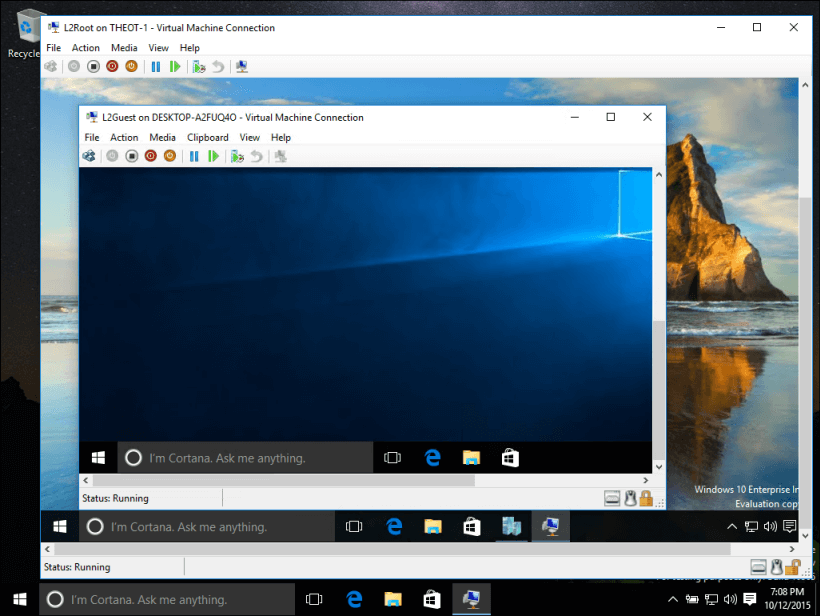
Now it will ask to allocate the Memory size to the virtual machine, so select the RAM as 2GB or 2048MB ( recommended for Windows 10 ) and then click on the Next button. So, simply type the name as “ Windows 10 VM“, select the type as Microsoft Windows, and then Windows 10 64-bit as the version. Now to create a virtual machine in Virtualbox, click on the New button.Īfter that, a dialog box will appear which will ask you for the Name of the virtual machine, its type of OS, and its version. Once both the things are installed on your PC, double-click on the virtualbox.exe file to run the application. Note:- Installing this will help you in connecting your USB drives and other devices properly to the virtual machines. And if you don’t know how to do it, then follow the given source link. Now install the Virtualbox extension pack on your Windows or the machine that you are using. Download & Install Virtualboxįirst, download and install the VirtualBox application on your laptop, computer, or PC. Note:- Please verify that the Hyper-V, VT-x, or AMD-V virtualization features are enabled on your BIOS settings.
:max_bytes(150000):strip_icc()/006-how-to-create-virtual-machine-windows-10-4770680-92c7458377754484a210ca6239a03a80.jpg)
Processor must support VM Monitor Mode Extension (VT-c on Intel chips).64-bit CPU with Second Level Address Translation (SLAT).Verifying Hyper-V supportĪlthough Hyper-V is part of Windows 10, there is a minimum hardware requirement a computer must meet to enable the feature. Hyper-V is a virtualization technology from Microsoft available on Windows 10 Pro, Enterprise, and Education, and it allows you to create one or multiple virtual machines to install and run different OSes on the same physical hardware.

However, it's possible to install version 16.04, which might be a more stable version of the open source project, and you can also install other distros, including: In this guide, we'll be using Ubuntu version 17.10, which you can download from the official Ubuntu website.

An ISO file to install your preferred Linux distribution.


 0 kommentar(er)
0 kommentar(er)
